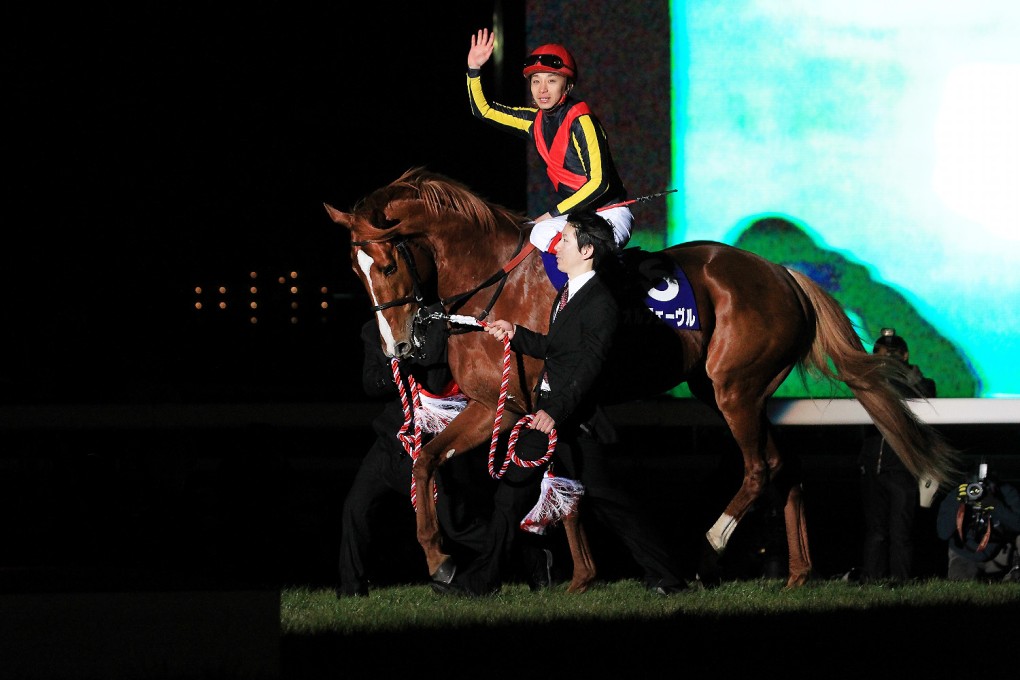Happy Lucky Dragon Win | Orfevre - what a magnificent beast
Sometimes a race replay warrants a second and third watch, purely for the awe it inspires, and one of those occasions was for the mighty Orfevre’s farewell effort in Sunday’s Arima Kinen at Nakayama.

Sometimes a race replay warrants a second and third watch, purely for the awe it inspires, and one of those occasions was for the mighty Orfevre’s farewell effort in Sunday’s Arima Kinen at Nakayama.
Words don’t really do this justice, but let’s put this into perspective before enjoying the magnificence. Orfevre had won 11 of his 20 starts heading into Sunday’s Arima Kinen, which was confirmed in the lead up as being his last race start. The Arima Kinen is the “all star race” of Japanese racing, a season-ending 384,000,000 yen (about HK$2.86m) event held over 2,500m at Nakayama. It’s an all-star race in the sense that fans get to vote on the make-up of the field, and while horses in Japan are rightly treated as heroes, there wasn’t a horse in training more popular than this chestnut with attitude and he received the most votes.
Even though there wasn’t much doubt about Orfevre’s ability, sometimes his temperament got him into trouble, and maybe that headstrong attitude made him all the more likeable. Up until Sunday he lacked that one career defining moment, after two runner-up efforts in the Prix de l'arc de Triomphe – the first of which brought about this hilarious webcam vision of shattered racefans falling to their knees in despair.
Well, we got our career defining moment and then some Sunday as Orfevre obliterated rivals. He sits back in the field in a manner reminiscent of former legend Deep Impact before unleashing a wicked turn of foot, all the while still hard on the bridle. He goes past a very good horse and last year's Arima Kinen winner Gold Ship like he is standing still at the 400m, and at the top of the straight, with 300m to go he hits the front. But just when you think Kenichi Ikezoe has hit the front too early, he releases some rein and Orfevre puts another three on them, then some more – in the end the winning margin is eight lengths.
